Opera "Beibarys" in a new edition
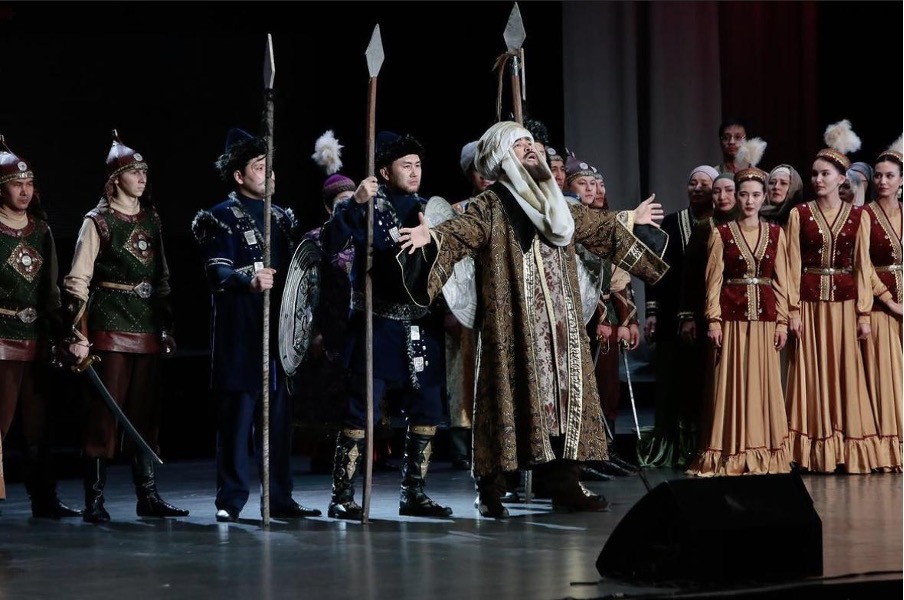
Photos provided by the Press Service of the E. Rakhmadiev State Academic Philharmonic
The history of the opera dates back to 2003. At that time, Aitkali Zhaiymov was the head of the Kurmangazy Orchestra of Folk Instruments. Once the artists were invited to perform in the city of Atyrau in honor of the opening of a monument to the great sultan. The composer's friend, a famous Kazakhstani singer, Gafiz Yesimov, also went with the orchestra. Especially for the performance in Atyrau, Aitkali Zhaiymov wrote music in which he expressed the commander's longing for the Kipchak steppes.
"Then the poet Nurali Azhgali lived in Atyrau. We contacted him and offered to write the words to the music. We arrived in Atyrau a few days earlier. While I was rehearsing with the orchestra, Gafiz and Nurali sat nearby composing the words. They succeeded in a short period. And already at the concert we performed the finished work," - shared his memories Aitkali Zhaiymov.
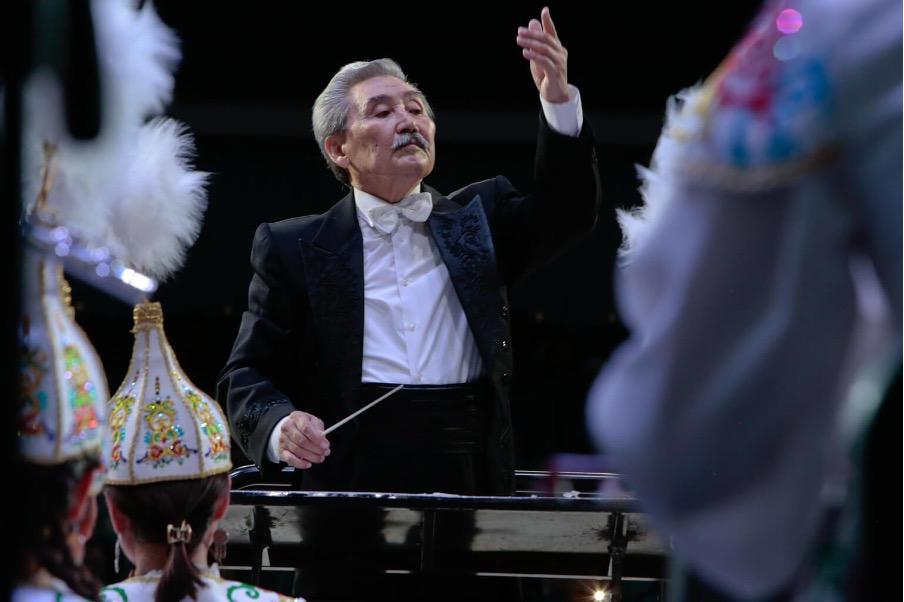
The song written for the concert in Atyrau became the basis for the new opera. Returning from Atyrau, Gafiz Yesimov suggested to Aitkali Zhaiymov to turn again to this topic and dedicate a large-scale musical canvas to the legendary ruler. The famous poet Ulykbek Esdaulet became the co-author of the libretto. Over time, the son of Aitkali Zhaiymov - Arman Zhaiym, also joined the work on creating the opera. The young composer and pianist completed his studies at the Kurmangazy Kazakh National Conservatory and managed to write many works.
"When I joined the work, two acts were almost ready. I began to add something of my own, what I felt. My father and I are representatives of different generations, but he never insists on his own, does not impose opinions, always listens", - noted Arman Zhaiym.
In search of inspiration, the authors turned to historical materials, books, films and TV series. Sultan Beibarys is a person with an amazing destiny. A native of the Kipchak steppes was sold into slavery in Damascus. He became the property of the ruler of Egypt, Sultan As-Salih, and became a Mamluk - a slave who converted to Islam and underwent military training. Beibarys turned out to be a brilliant rider and a talented warrior. He won his major victory as the commander of the army. Rising up against the injustice of the ruler, he seized power with other Mamluks and became the Sultan of Egypt. In the plot of the opera, in addition to Sultan Beibars, other historical figures were added. Among them is the French king Louis IX, who led the crusade to Egypt in 1250. Then Beibars managed to defeat the enemy and take Louis prisoner. The opera also features the character Kalaun, who, according to some sources, was a vizier and added poison to the sultan's kumis.
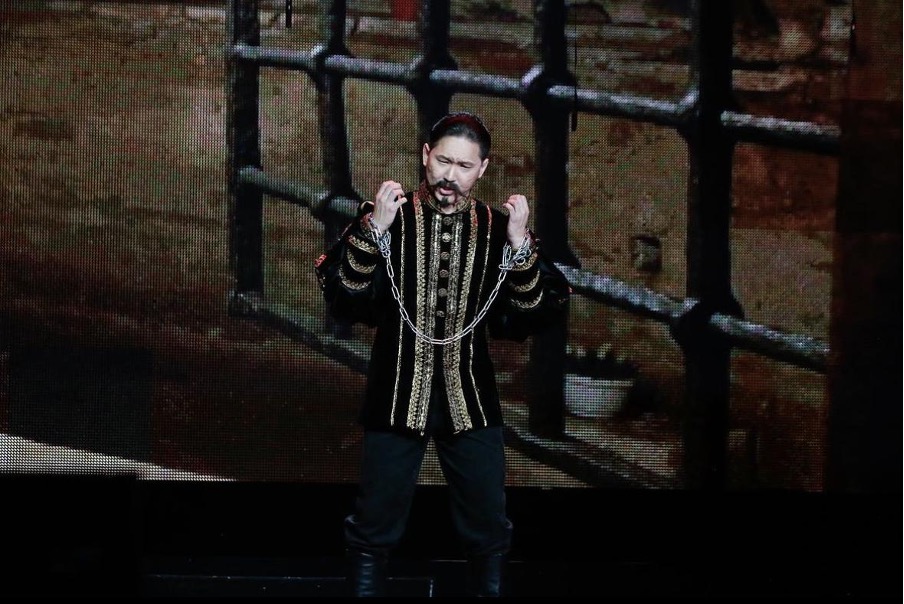
"We added such fictional characters as Kundyк and Aidana to the plot. Kundyк is Kalaun's assistant, constantly whispering thoughts about killing the sultan to the vizier. He knows that Kalaun is jealous of the ruler, since he himself also fell into slavery in Egypt. Aidana is an image with which we wanted to show the sultan's connection with his homeland. The girl was captured and brought to Beibars as a gift. She says that she was born in the Kipchak steppes, recalls her story. Together with Beibars, they perform a lyrical duet, the sultan offers her to live in the palace, treats her like a daughter. He promises to let her go when the ambassadors of Khan Berke arrive. Thinking over the image of each character, we wrote the corresponding music. For the image of Louis, we studied ancient romances of the 15th century. There is something choral, ecclesiastical in his music. It was necessary to show the image of a noble crusader commander. We studied Egyptian themes, oriental motifs, their rhythms. But the basis is still our national one, because Beibarys is a native of our steppes", - explained Arman Zhaiym.
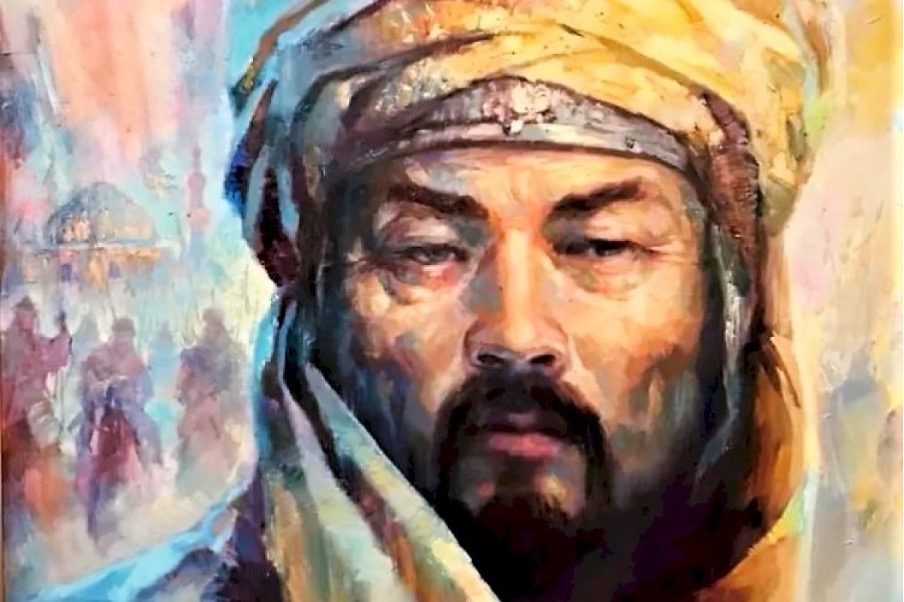
According to historical sources, Sultan Beibars created a postal network, built canals, established trade, and financed scientists, architects and artists. The merits of the great ruler are reflected in the plot of the opera. Beibarys releases Louis IX and gives Aidana the opportunity to return home with the ambassadors. However, the sultan's generous deeds are followed by a tragic finale.
"When I wrote the music, I got into the images. For example, Kalaun is considered a negative hero. But I wanted to look at this story through his eyes, understand what his tragedy was, describe everything in musical language. When Kalaun sings his aria, he reflects on the fact that he failed to persuade Louis to go against Beibars, that he also failed to negotiate with Aidana. He envies the Sultan, because he himself could have been in his place. The aria of Kalaun requires great skill from the performer. Here is the lyrical beginning, when he suffers, considers himself a victim. Then the character begins to spur himself on, wants to find a solution in this situation. And at the end of the aria, he remembers that Kundyк advised to add poison to the sultan. The music takes on a sinister character. So, during only one aria, the artist must be in three emotional states. This must be shown with facial expressions, and acting, and most importantly, with the voice", - noted Arman Zhaiym.
Poisoned with poison, Beibarys sings the final aria, which the authors wrote back in 2003. The hero yearns for his native steppes, wishing to see them one last time. The aria of Beibars has been performed more than once at concerts and productions by Gafiz Yesimov, Shakimardan Abilov, Azamat Zheltyrguzov. At the premiere of the updated version of the opera, the role of the sultan was entrusted to Altynbek Abilde.

The opera "Beibarys" is also unique in that it is performed by the Kazakh Orchestra. Aitkali Zhaiymov has been leading this famous ensemble for many years, which includes Kazakh national instruments. Initially, the opera was written for a symphony orchestra, but then over time it was adapted for a folk ensemble.
"Of course, a symphony orchestra and a folk orchestra are two different worlds. The principle of orchestration is the same, but the instruments and capabilities are completely different. In a folk orchestra, the instruments sound, as a rule, quieter, not like in a symphony orchestra, in which different groups can play in turn. For example, only the string group plays, or only the wood group. In the folk orchestra, usually the whole orchestra plays. This is due to the low sound, because if some instruments stop playing, it will immediately affect the power. Here we already bring one group to the fore, and the other to the second, and so we change. Due to this, we make the necessary roll calls. The folk orchestra is more difficult for composers. You need to know the nature of folk instruments very well in order to orchestrate. But in the folk ensemble there are timbres that are not in the symphony orchestra. For example, the kyl-kobyz has a unique timbre, despite the fact that it is a stringed instrument and is somewhat similar to the alto. In a symphony orchestra, the alto or cello cannot give the timbre of the kyl-kobyz. This, of course, is a plus of the folk orchestra - special timbres", - said Arman Zhaiym.
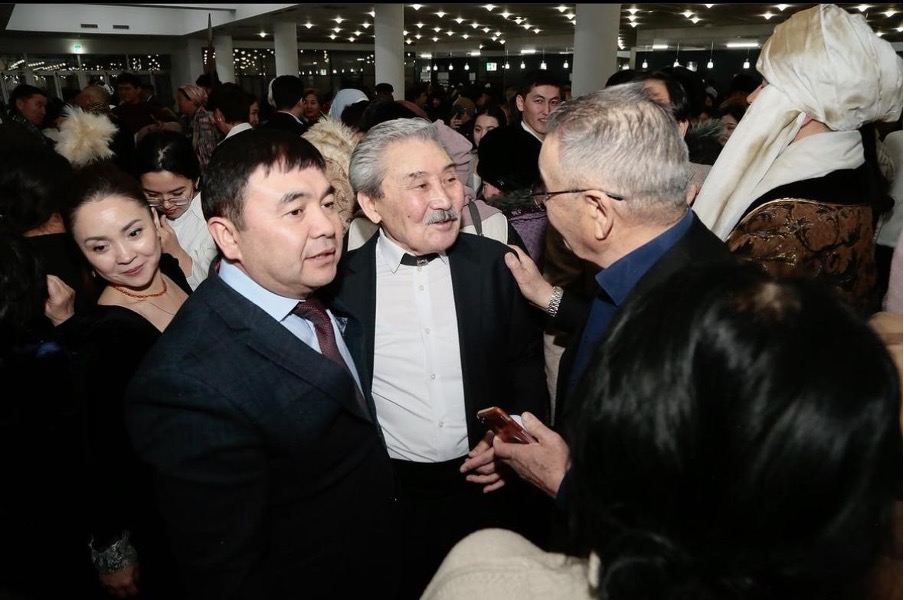
The production brought together almost all the ensembles of the capital's philharmonic on one stage: soloists of the classical vocal department, the Chamber Choir, the Shalkyma Folk Dance Ensemble and, of course, the Kazakh Orchestra. Invited artists - dance ensembles of the National Guard and the National Military-Patriotic Center - also took part in the performance. Listeners were presented with only a part of the family heritage of Kazakhstani composers. Together, the authors wrote the ballet "Alpamys", the opera "Akbobek", music for the 350th anniversary of Tole Bi and much more. Working in tandem, father and son, representatives of different generations, create works about traditional values in a modern musical language.